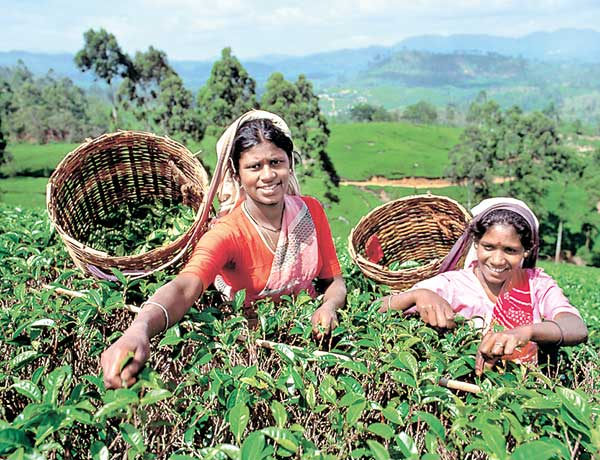23 Jun 2015 - {{hitsCtrl.values.hits}}

 Sri Lankans might be forgiven for thinking that the country’s economy must be sufficiently strong to be put on auto-pilot indefinitely while policy makers focus their energies almost entirely on political reforms for the better part of six months.
Sri Lankans might be forgiven for thinking that the country’s economy must be sufficiently strong to be put on auto-pilot indefinitely while policy makers focus their energies almost entirely on political reforms for the better part of six months. .jpg)
26 Nov 2024 8 hours ago
26 Nov 2024 9 hours ago
26 Nov 2024 26 Nov 2024
26 Nov 2024 26 Nov 2024
26 Nov 2024 26 Nov 2024